|
Sponsored By
|
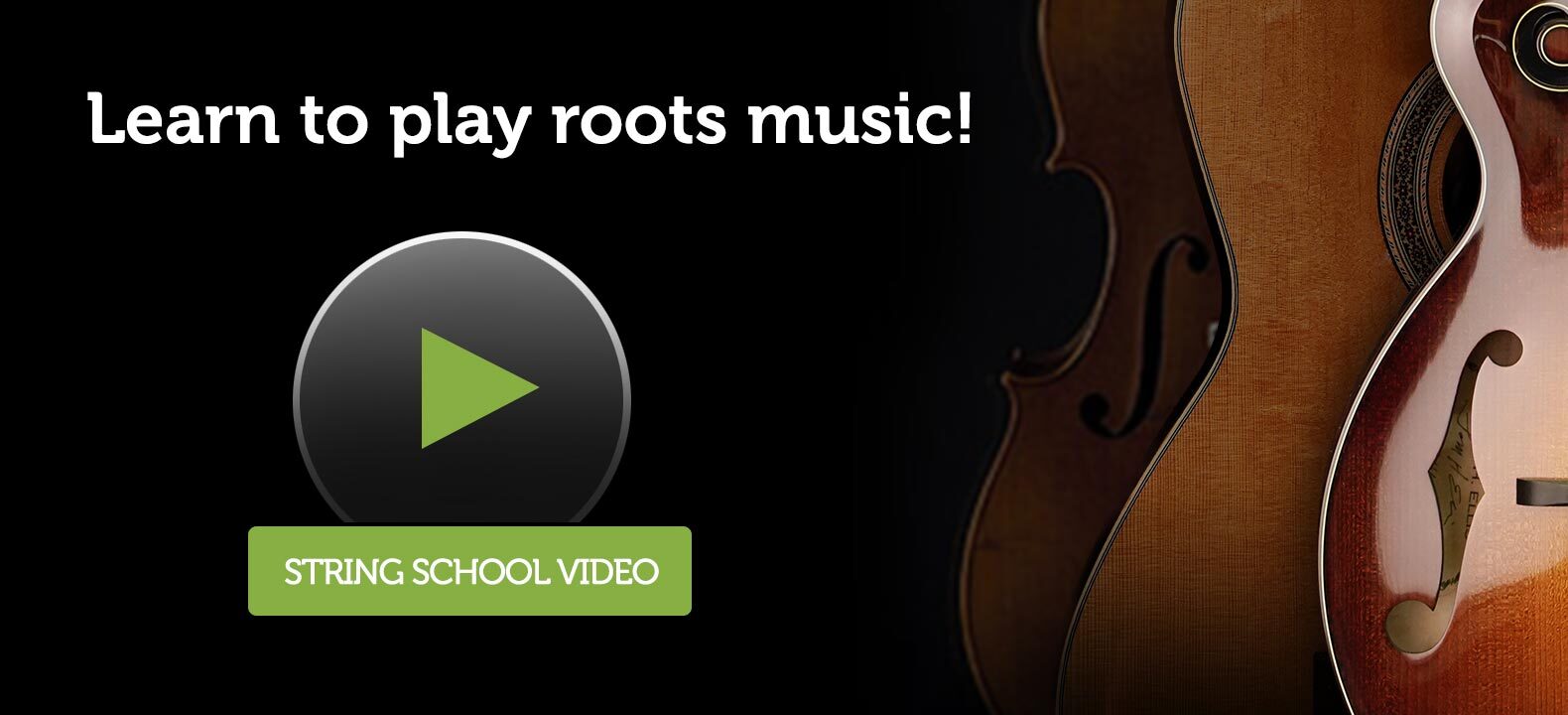
|
|
Guitar Courses |
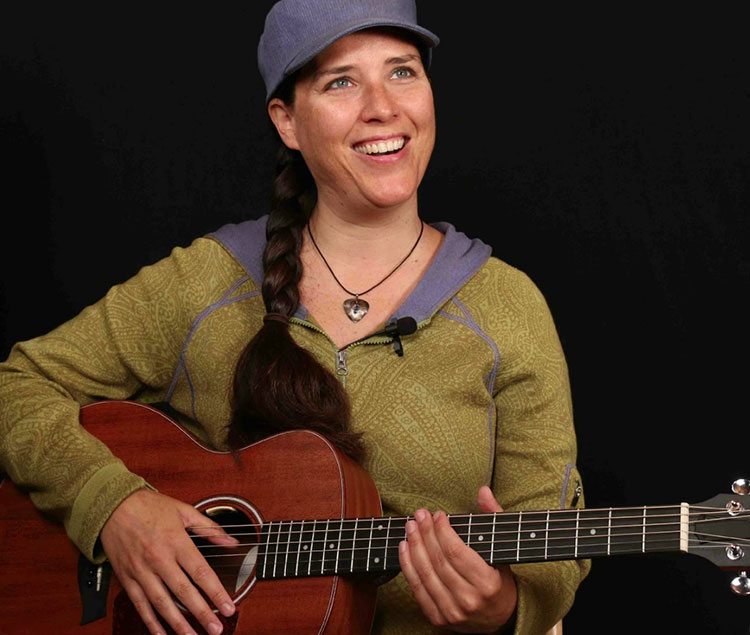
 Beginner
|
• 29 Lessons
• 24 Tunes
|
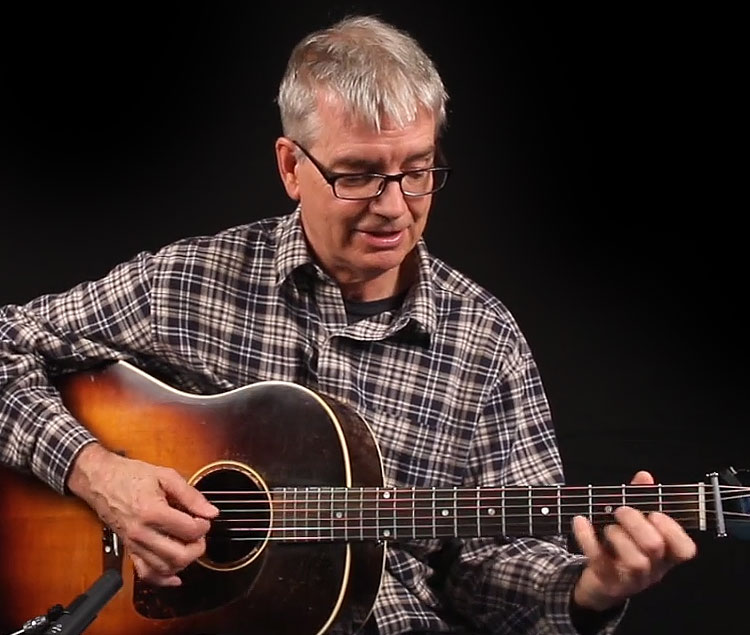
 Intermediate
|
• 29 Lessons
• 26 Tunes
|
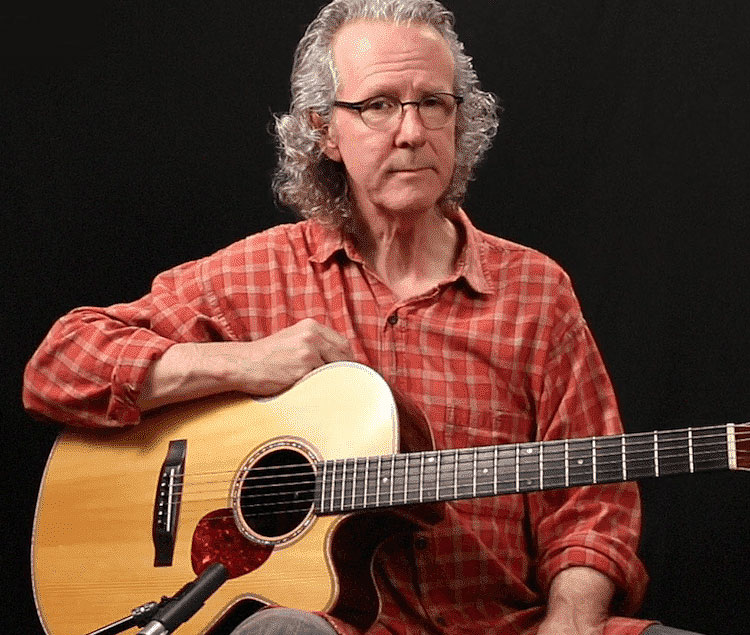
 Intermediate / Advanced
|
• 34 Lessons
• 26 Tunes
|
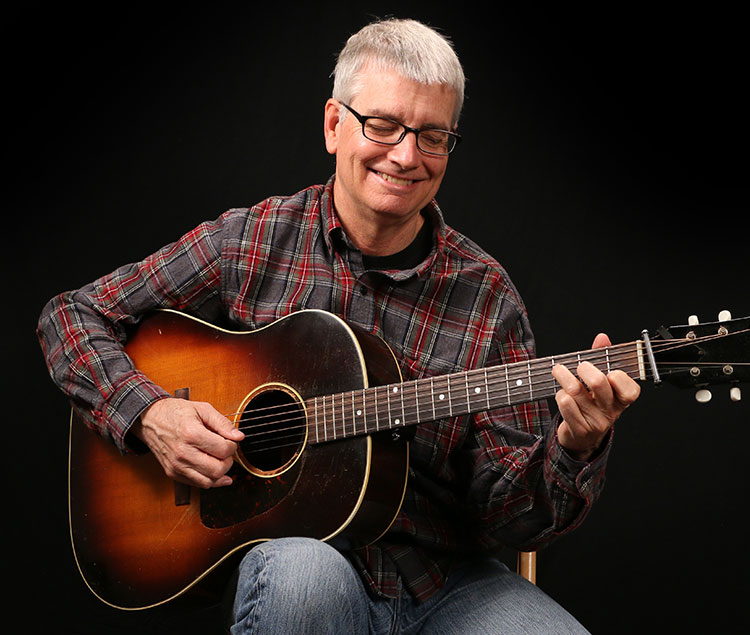
 Intermediate
|
• 42 Lessons
• 34 Tunes
|
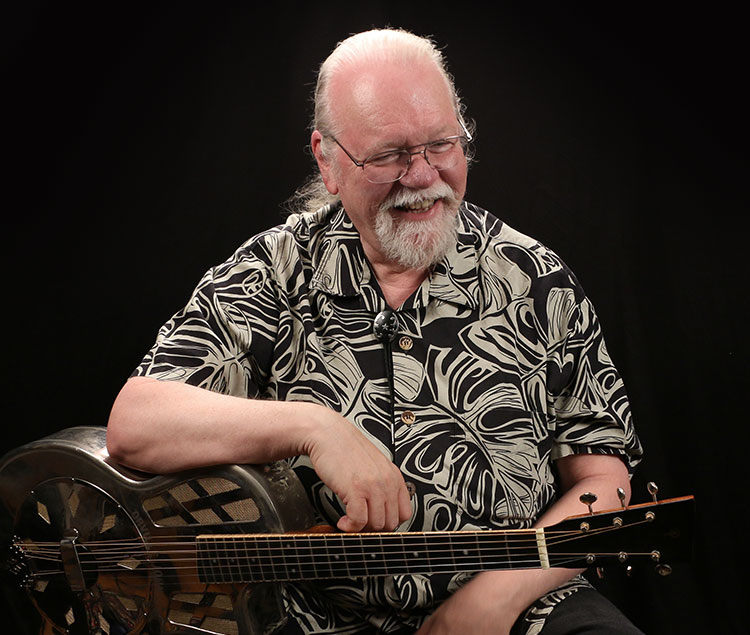
 Intermediate / Advanced
|
• 32 Lessons
• 23 Tunes
|
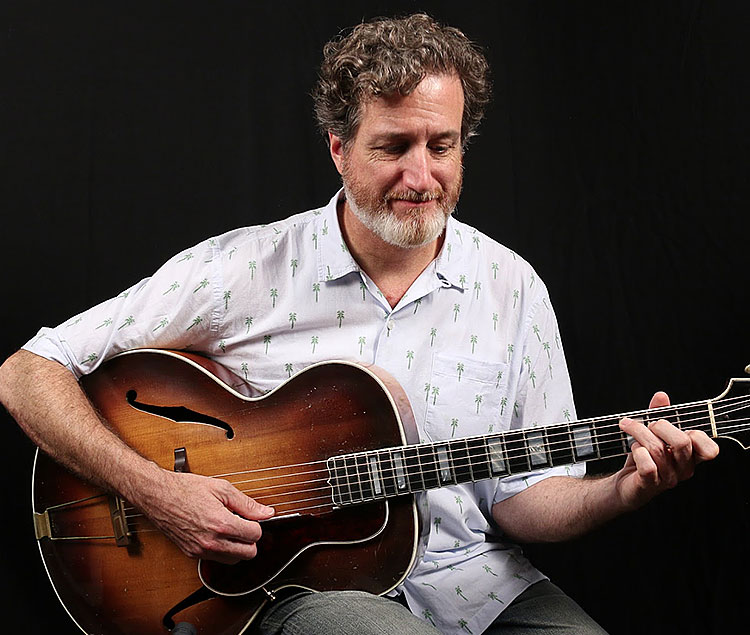
 Advanced
|
• 67 Lessons
• 45 Tunes
|
Learn to play the 1920s and ’30s chord melody and rhythm guitar styles of Eddie Lang, Nick Lucas, Freddie Green, Carl Kress, and other early jazz greats. With chord melody solos to popular swing melodies, advanced rhythm guitar techniques, and acoustic jazz picking techniques.
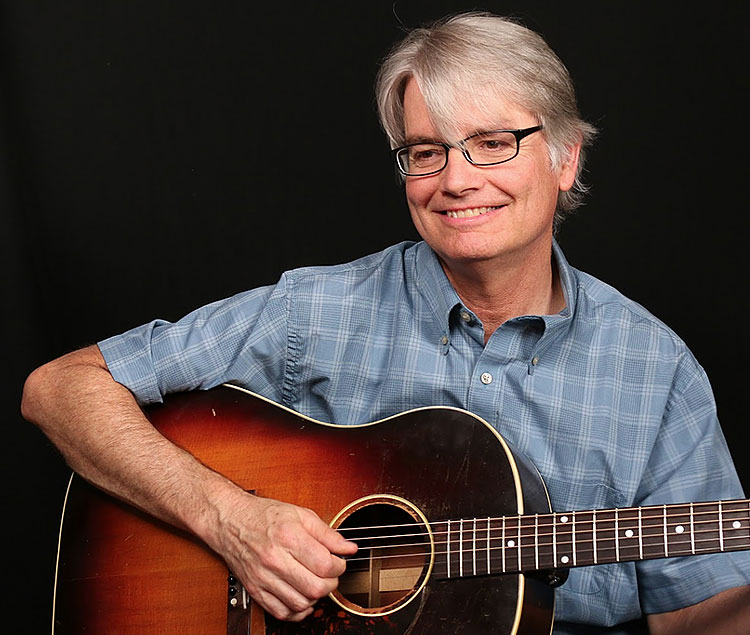
 Advanced
|
• 84 Lessons
• 67 Tunes
|
Learn the essential techniques of bluegrass flatpicking guitar through classic and lesser-known songs and tunes, from bluegrass blues to old-time fiddle tunes to country swing sounds.

 Intermediate
|
• 36 Lessons
• 27 Tunes
|
Learn to accompany jigs and reels and other traditional Irish dance tunes in the style pioneered by Irish guitar greats Paul Brady, Mícheál Ó Dhomhnaill, and Dáithí Sproule and used at Irish seisiúns. With chord voicings, rhythm patterns, and practice tracks.
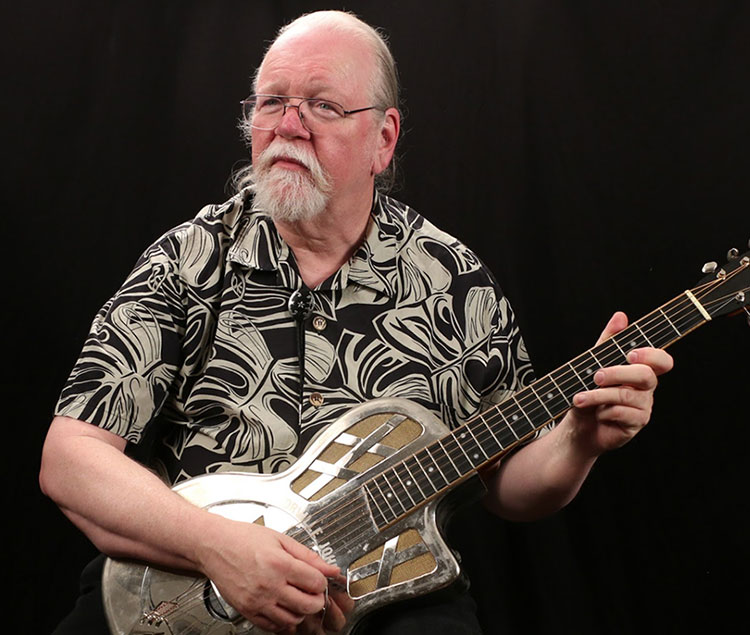
 Intermediate / Advanced
|
• 27 Lessons
• 19 Tunes
|
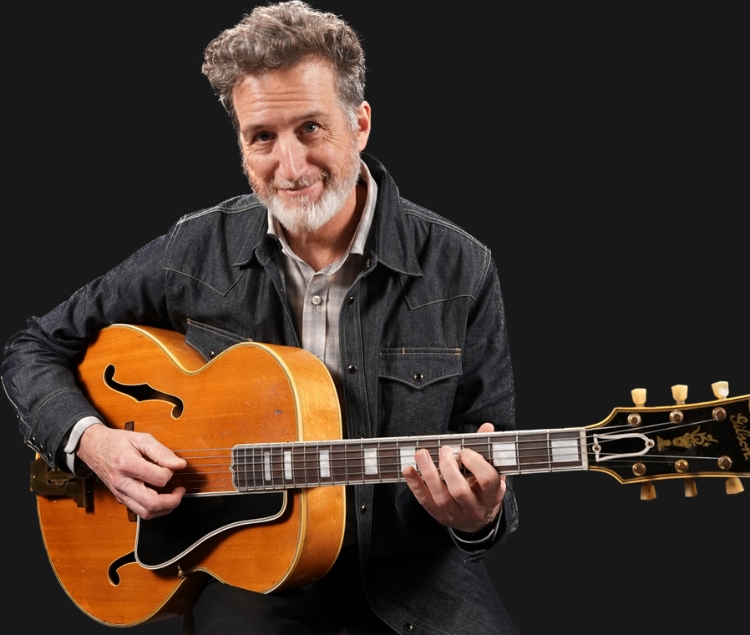
 Intermediate / Advanced
|
• 16 Lessons
• 13 Tunes
• Monthly Updates
|

 Intermediate / Advanced
|
• 18 Lessons
• 15 Tunes
• Monthly Updates
|
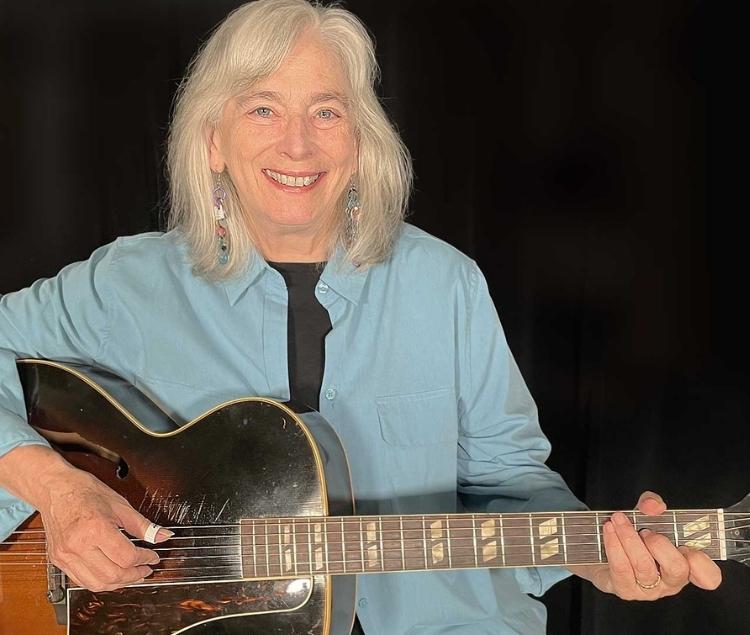
 Intermediate
|
• 23 Lessons
• 20 Tunes
|
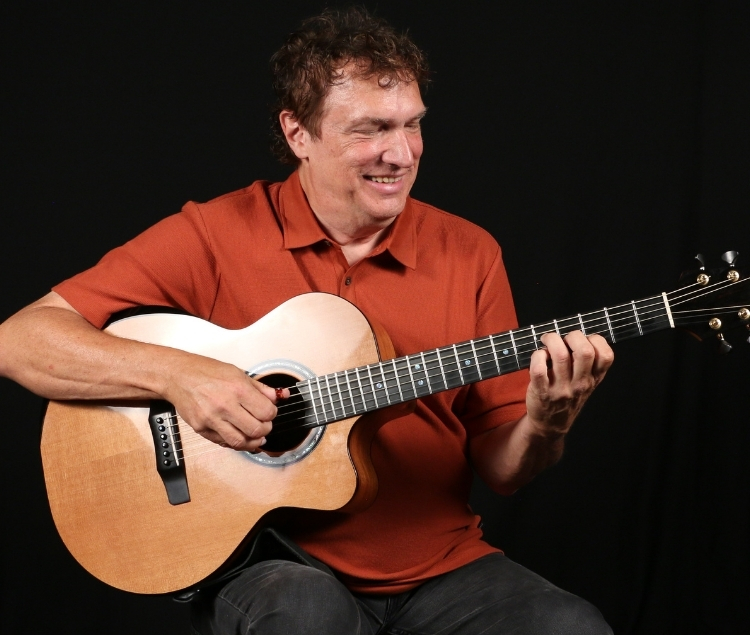
 Intermediate
|
• 29 Lessons
• 25 Tunes
|

 Intermediate
|
• 26 Lessons
• 13 Tunes
• Monthly Updates
|

 Intermediate / Advanced
|
• 21 Lessons
• 12 Tunes
|
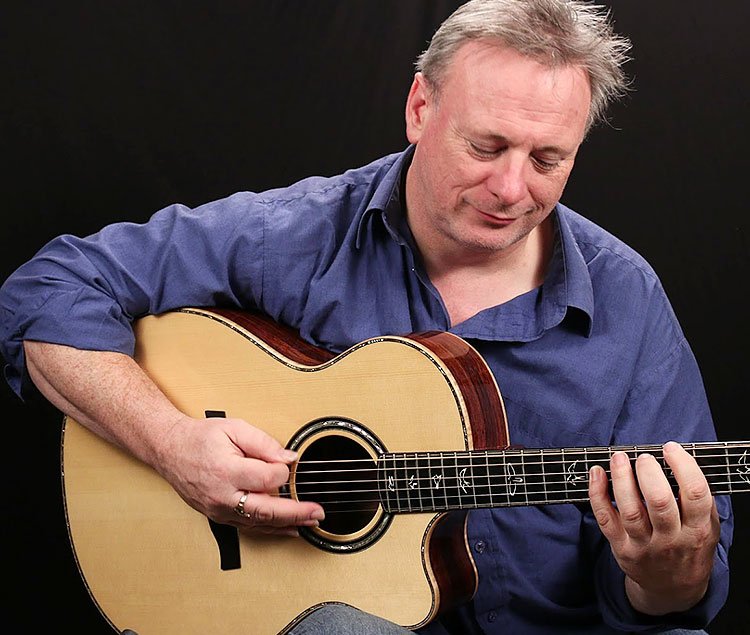
 Advanced
|
• 17 Lessons
• 14 Tunes
|
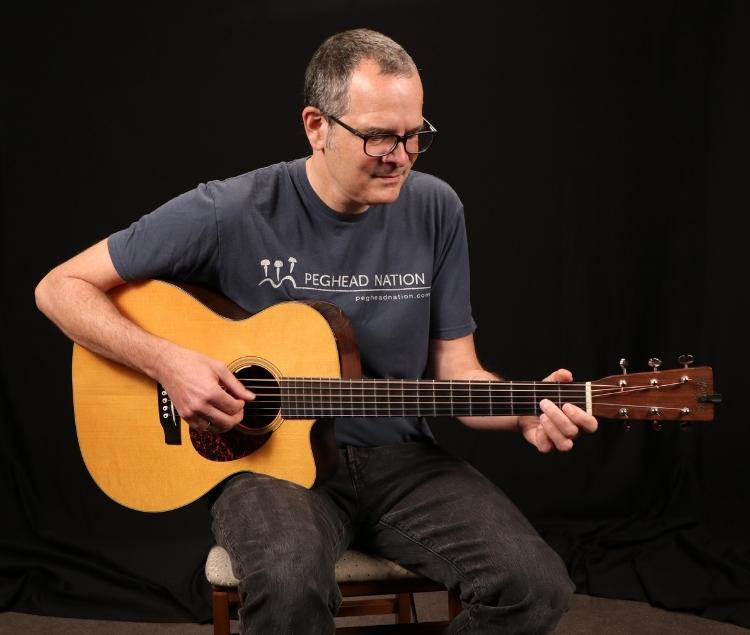
 Advanced
|
• 15 Lessons
• 15 Tunes
|
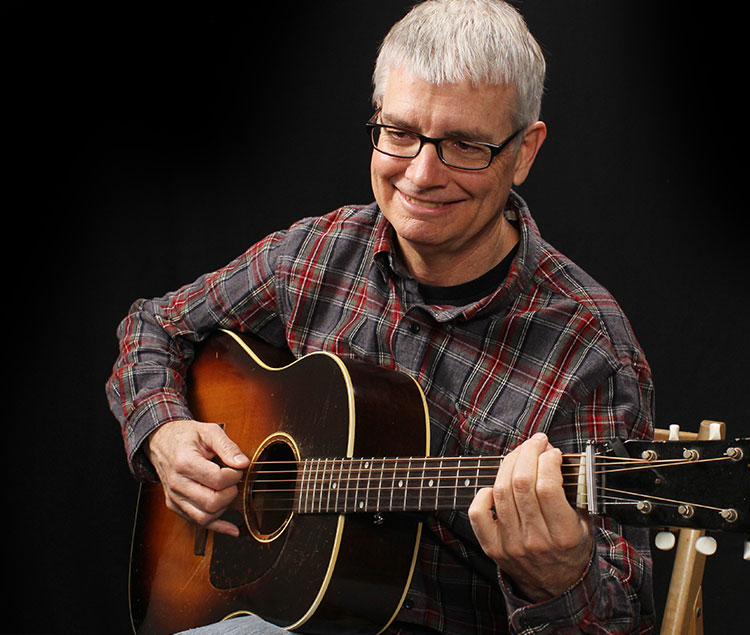
 Advanced
|
• 21 Lessons
• 0 Tunes
|
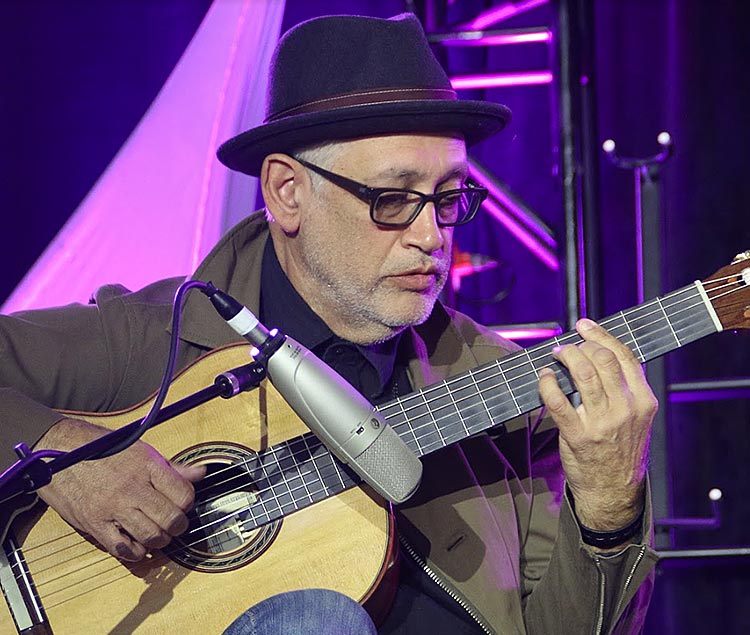
 Intermediate / Advanced
|
• 20 Lessons
• 0 Tunes
|
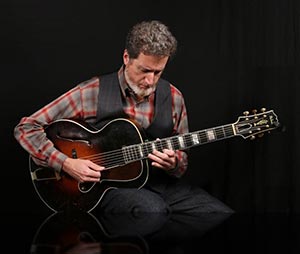
 Intermediate / Advanced
|
• 9 Lessons
• 10 Tunes
|

 Intermediate / Advanced
|
• 9 Lessons
• 15 Tunes
|
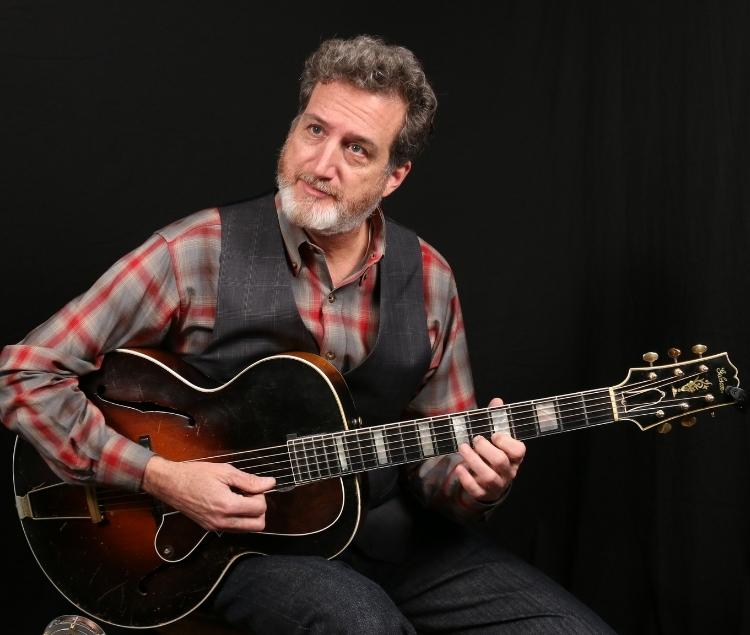
 Intermediate / Advanced
|
• 7 Lessons
• 6 Tunes
|
|
|
Mandolin Courses |
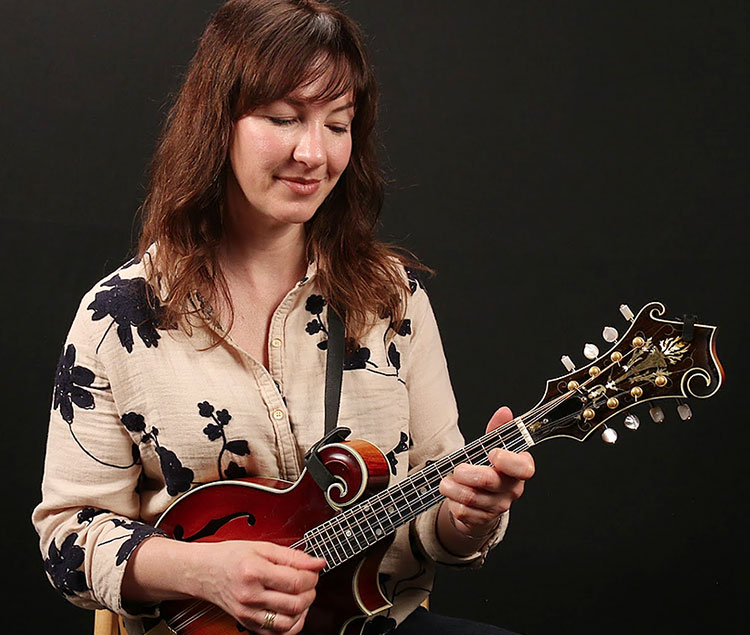
 Beginner
|
• 27 Lessons
• 16 Tunes
|
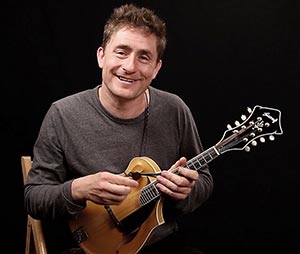
 Beginner / Intermediate
|
• 43 Lessons
• 6 Tunes
|
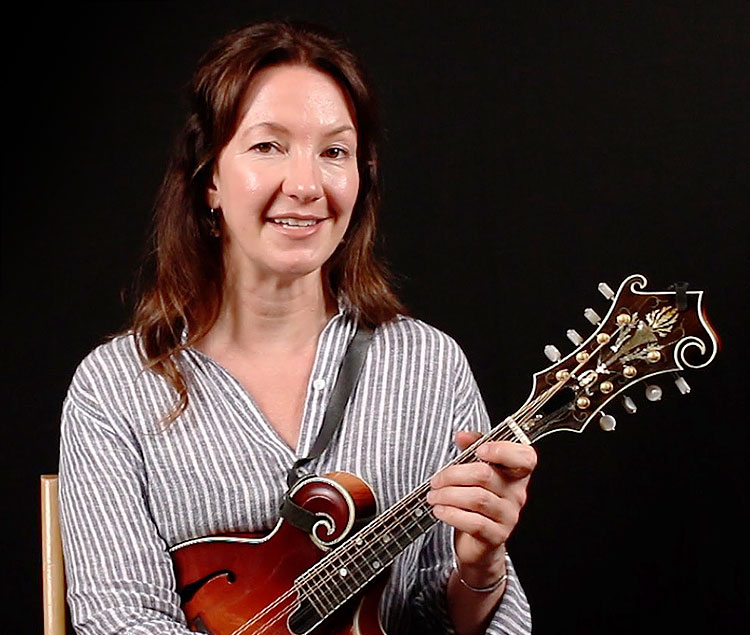
 Intermediate
|
• 23 Lessons
• 21 Tunes
|
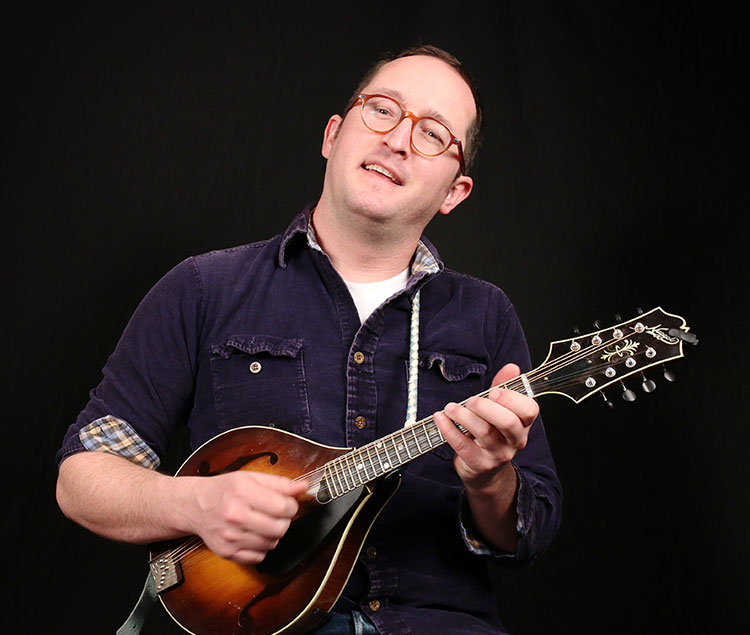
 Intermediate
|
• 58 Lessons
• 57 Tunes
|
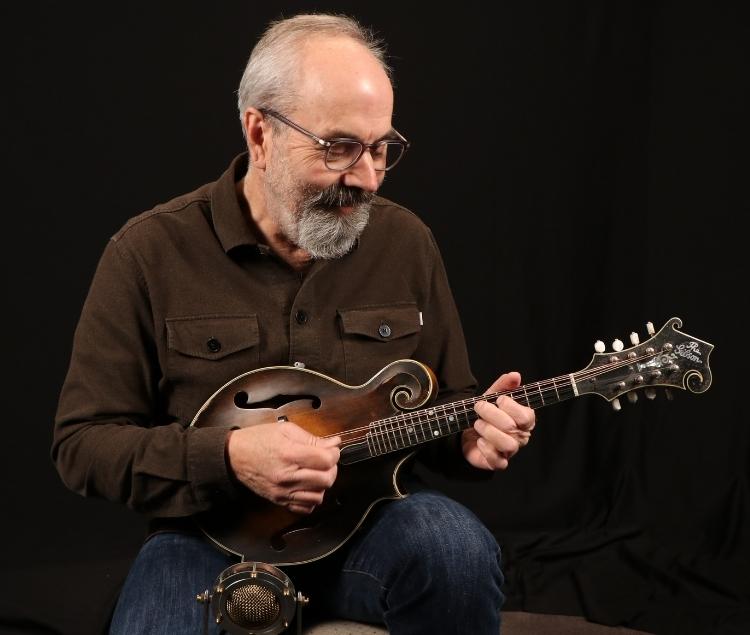
 Intermediate
|
• 37 Lessons
• 35 Tunes
• Monthly Updates
|
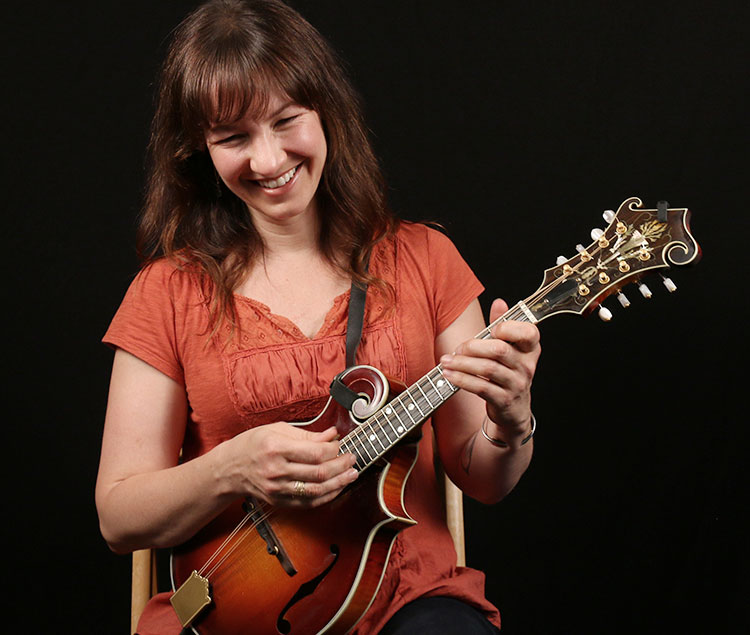
 Intermediate / Advanced
|
• 77 Lessons
• 58 Tunes
|
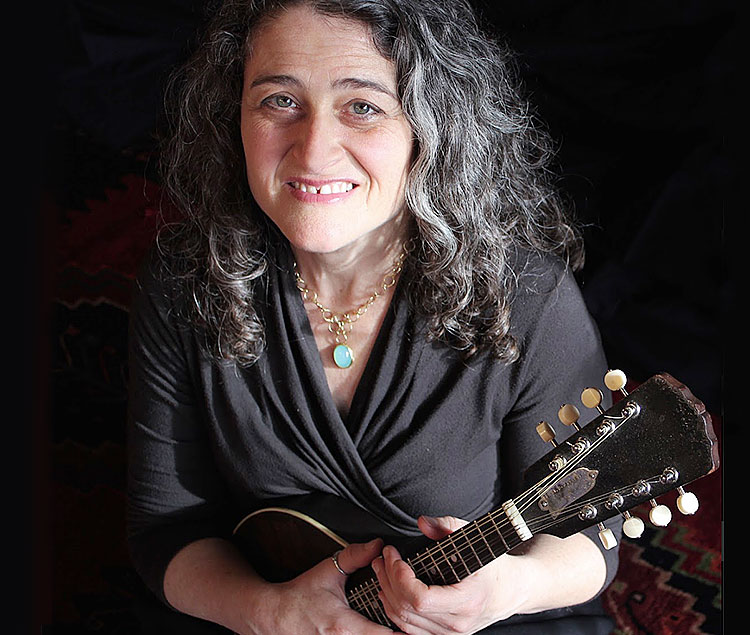
 Intermediate / Advanced
|
• 89 Lessons
• 81 Tunes
|
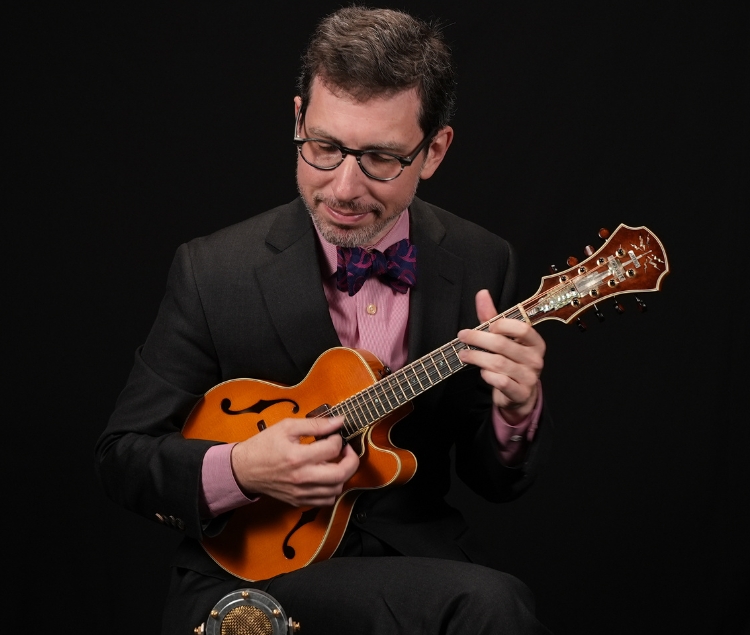
 Intermediate
|
• 11 Lessons
• 10 Tunes
• Monthly Updates
|
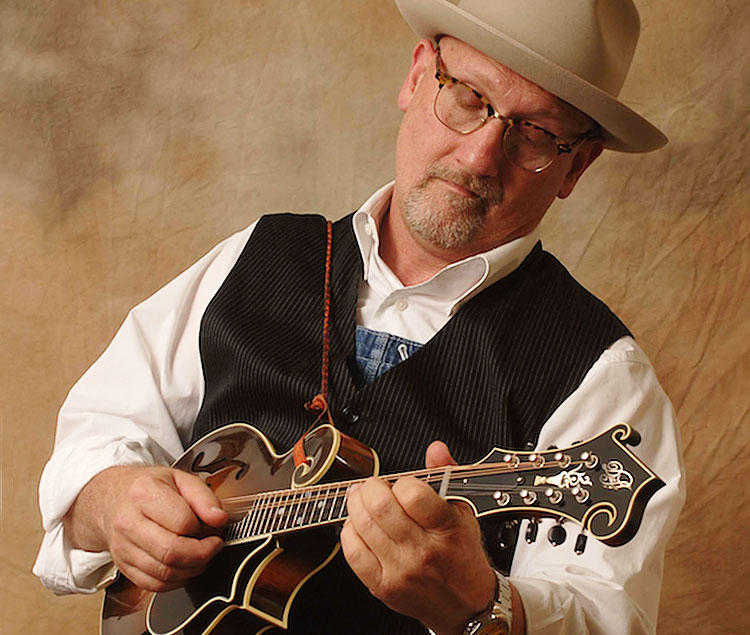
 Intermediate / Advanced
|
• 105 Lessons
• 99 Tunes
• Monthly Updates
|

 Intermediate / Advanced
|
• 64 Lessons
• 61 Tunes
|
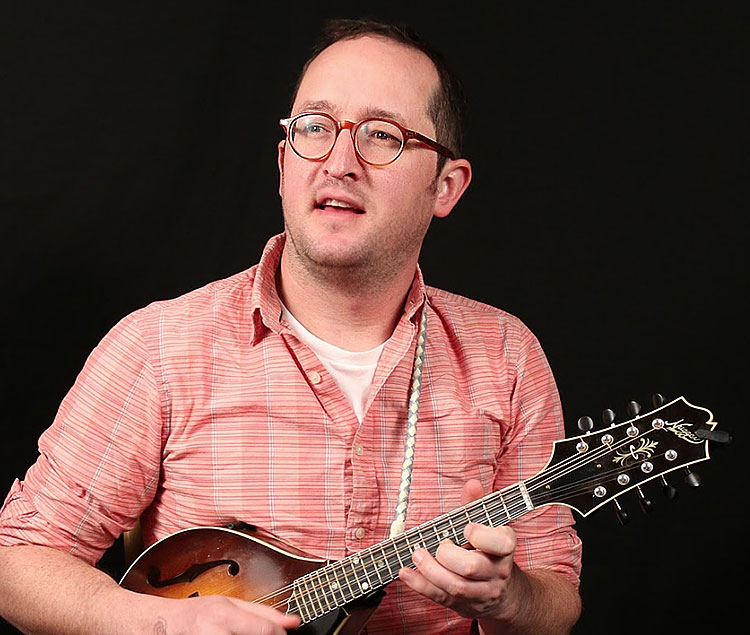
 Intermediate / Advanced
|
• 119 Lessons
• 117 Tunes
• Monthly Updates
|
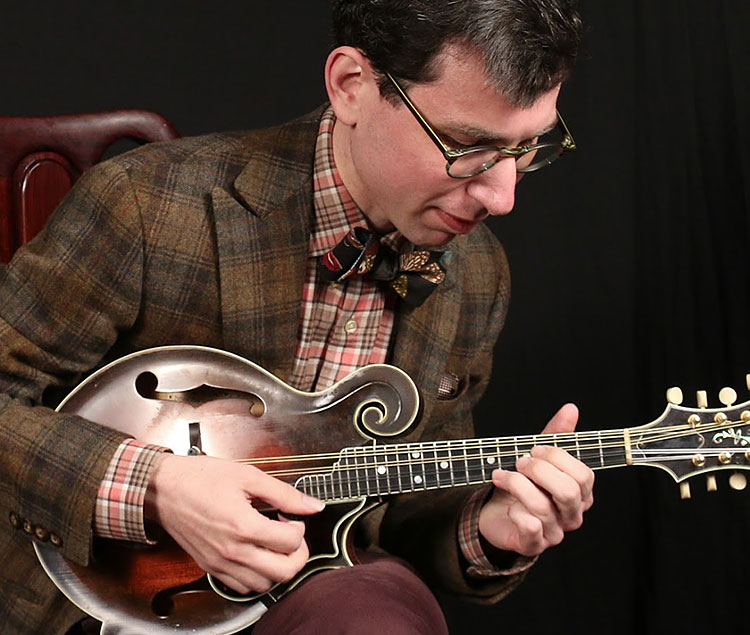
 Advanced
|
• 64 Lessons
• 53 Tunes
• Monthly Updates
|
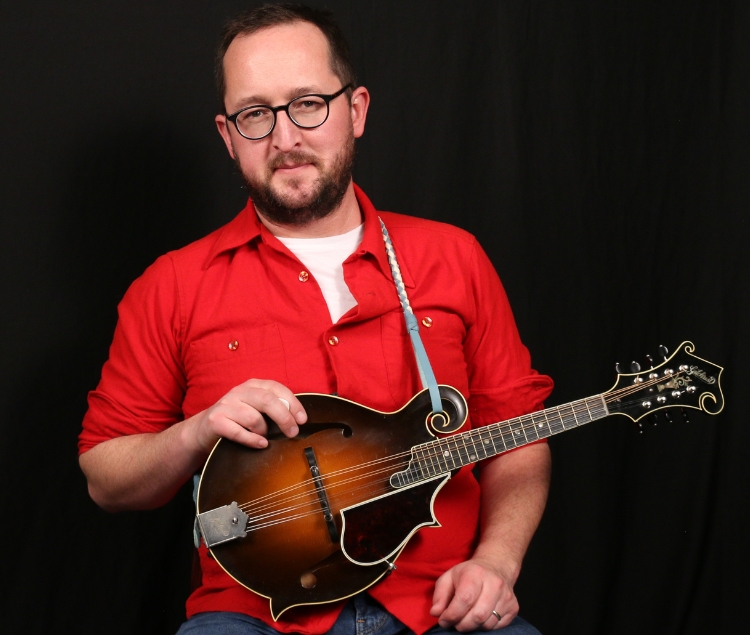
 Intermediate / Advanced
|
• 17 Lessons
• 14 Tunes
• Monthly Updates
|
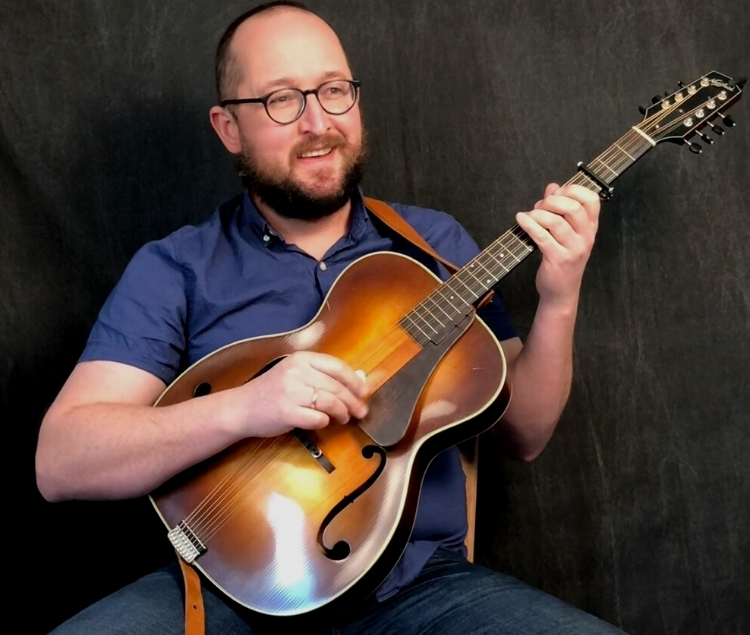
 Intermediate / Advanced
|
• 41 Lessons
• 39 Tunes
• Monthly Updates
|
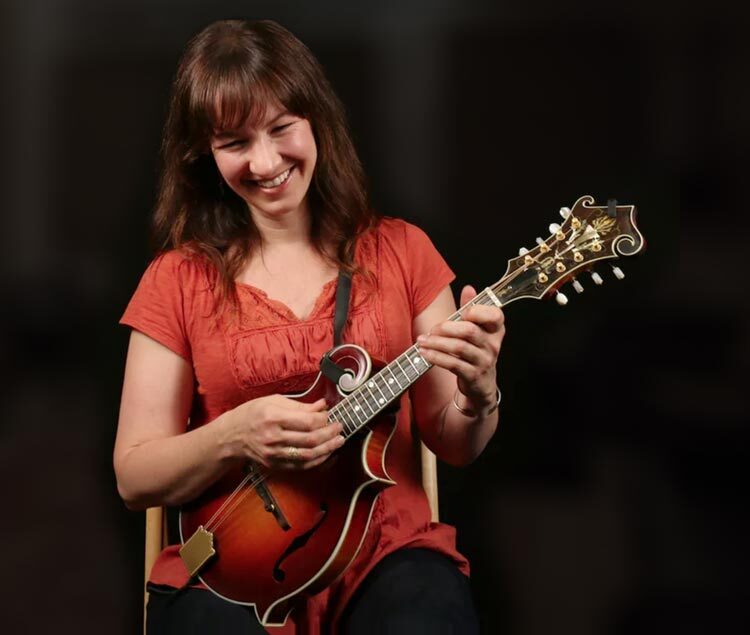
 Intermediate
|
• 9 Lessons
• 7 Tunes
|

 Intermediate / Advanced
|
• 25 Lessons
• 22 Tunes
|
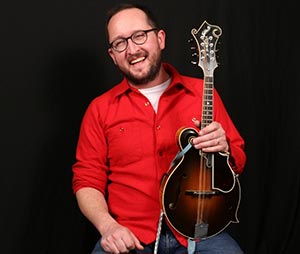
 Intermediate / Advanced
|
• 9 Lessons
• 8 Tunes
|

 Intermediate
|
• 9 Lessons
• 8 Tunes
|
|
|
Banjo Courses |
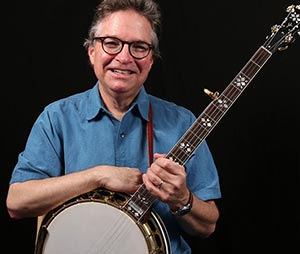
 Beginner / Intermediate
|
• 35 Lessons
• 30 Tunes
|

 Intermediate / Advanced
|
• 100 Lessons
• 82 Tunes
|
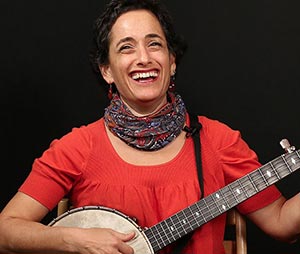
 Beginner / Intermediate
|
• 78 Lessons
• 61 Tunes
|
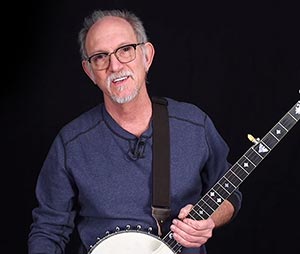
 Intermediate / Advanced
|
• 45 Lessons
• 44 Tunes
|
Learn the tunes and techniques of some of the legends of old-time banjo, taught by one of the icons of contemporary old-time music.
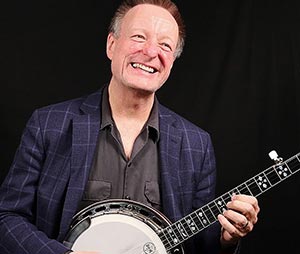
 Intermediate / Advanced
|
• 20 Lessons
• 9 Tunes
|

 Intermediate / Advanced
|
• 44 Lessons
• 30 Tunes
|

 Intermediate / Advanced
|
• 9 Lessons
• 20 Tunes
|
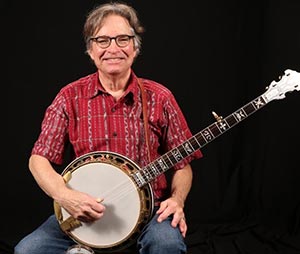
 Intermediate / Advanced
|
• 9 Lessons
• 23 Tunes
|
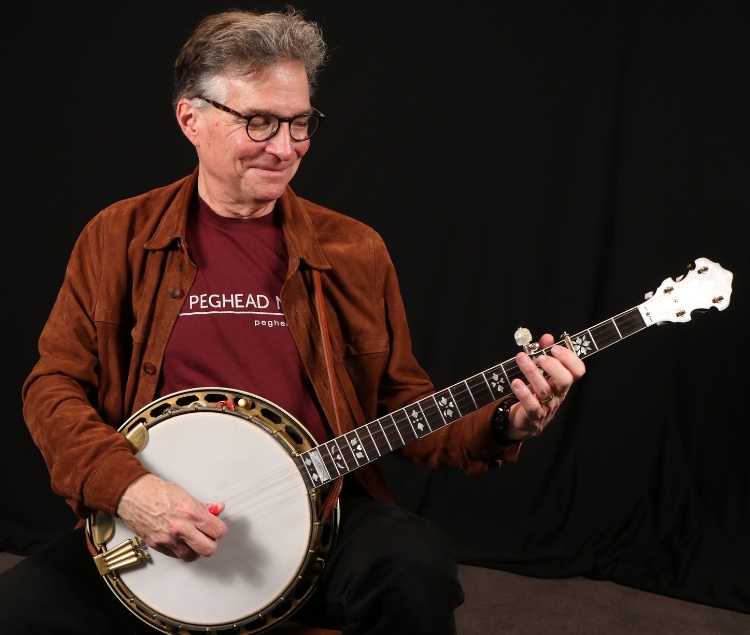
 Intermediate / Advanced
|
• 9 Lessons
• 18 Tunes
|
|
|
Fiddle Courses |
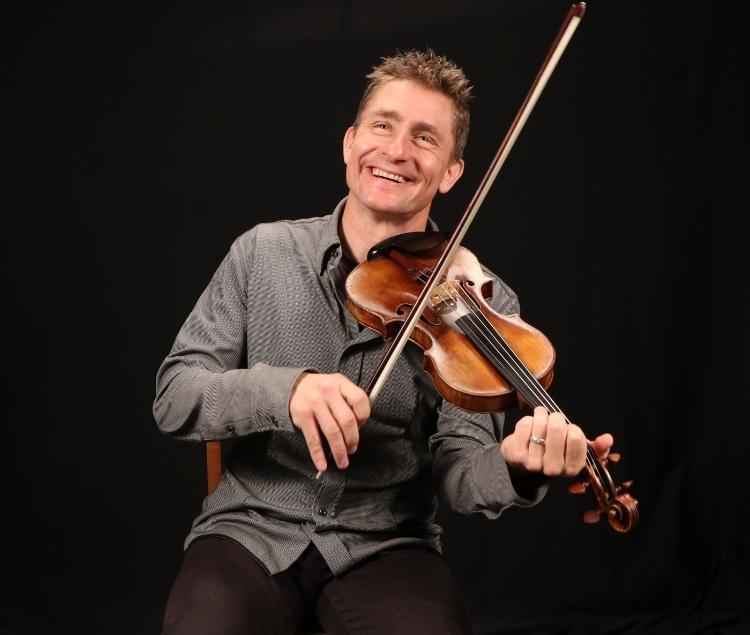
 Beginner
|
• 45 Lessons
• 34 Tunes
|
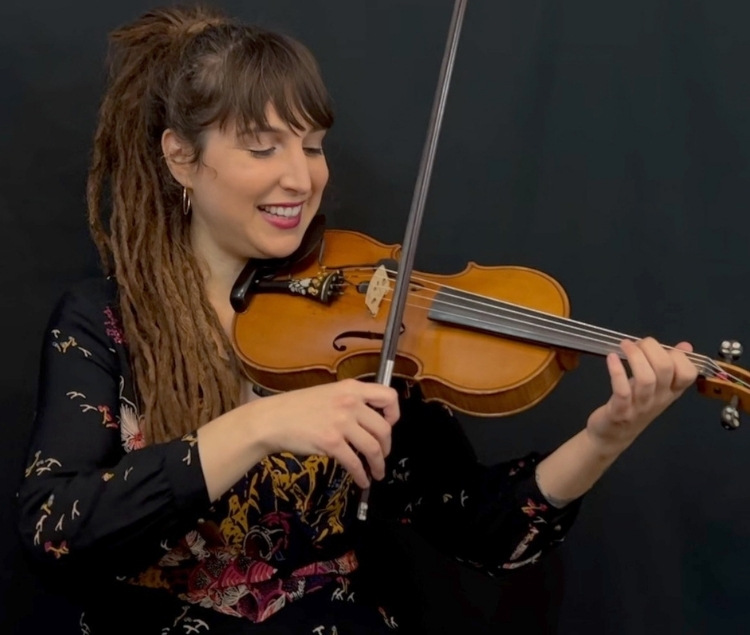
 Beginner
|
• 24 Lessons
• 19 Tunes
|
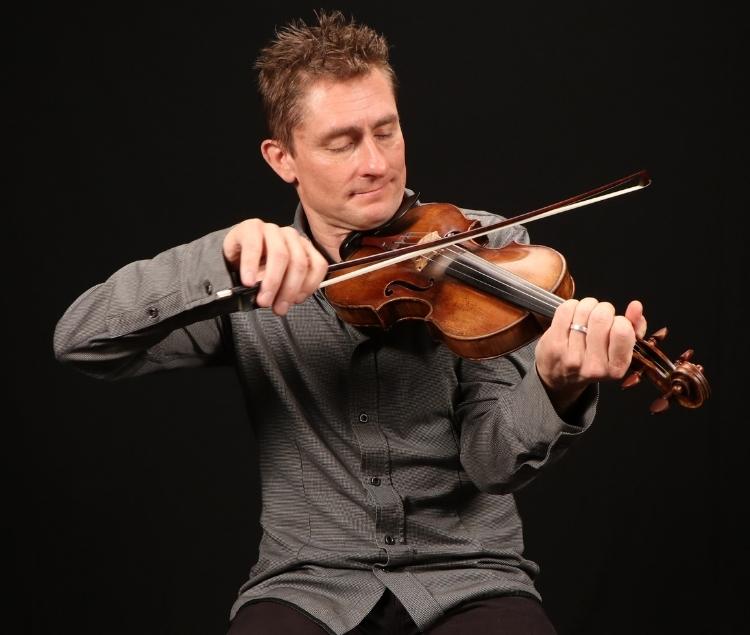
 Intermediate
|
• 48 Lessons
• 37 Tunes
|
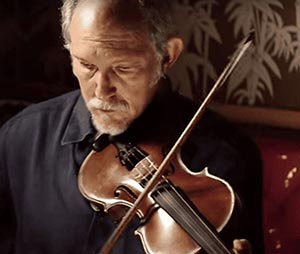
 Intermediate / Advanced
|
• 100 Lessons
• 99 Tunes
• Monthly Updates
|
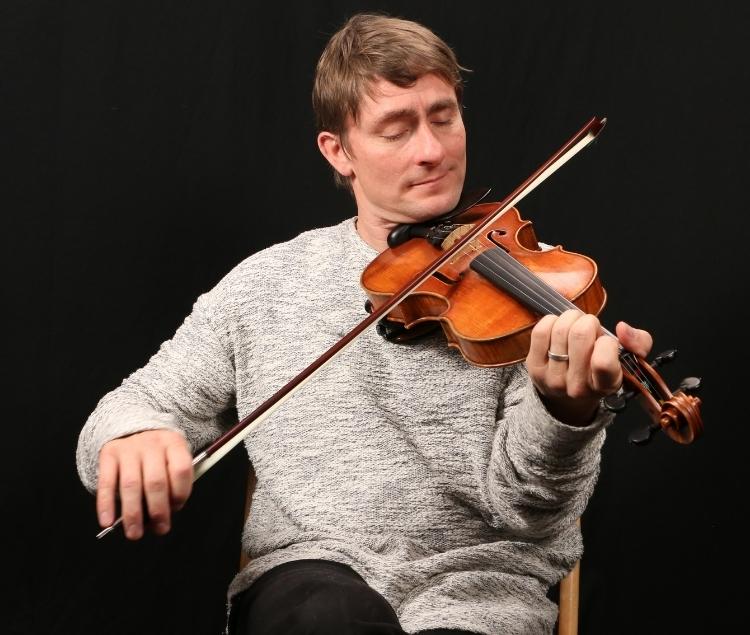
 Intermediate / Advanced
|
• 88 Lessons
• 66 Tunes
|
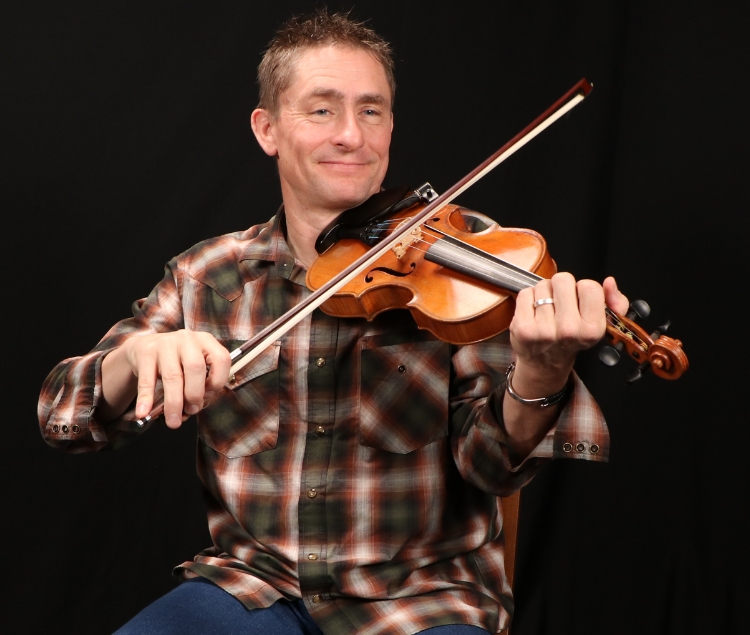
 Intermediate / Advanced
|
• 23 Lessons
• 15 Tunes
• Monthly Updates
|

 Intermediate / Advanced
|
• 34 Lessons
• 30 Tunes
|

 Advanced
|
• 24 Lessons
• 24 Tunes
|
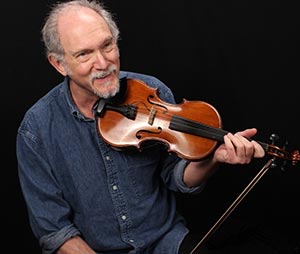
 Intermediate / Advanced
|
• 9 Lessons
• 17 Tunes
|

 Intermediate / Advanced
|
• 9 Lessons
• 13 Tunes
|
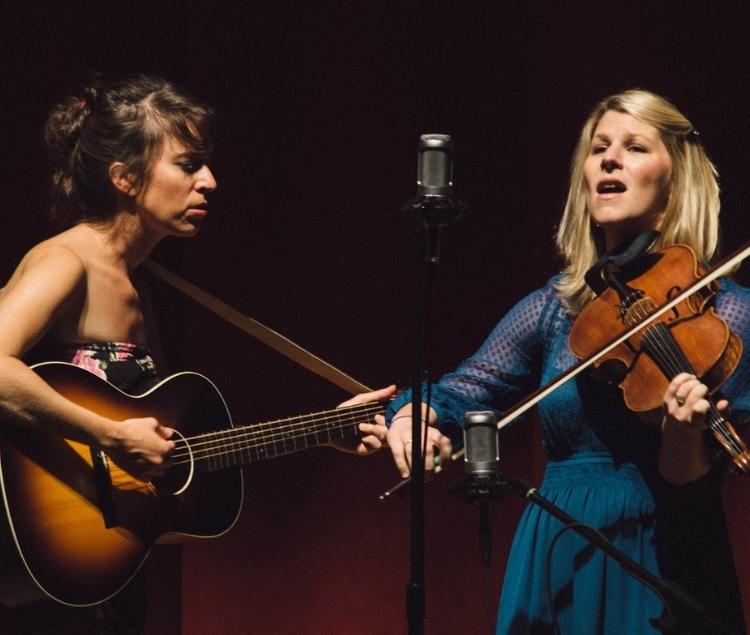
 Intermediate
|
• 7 Lessons
• 6 Tunes
|

 Beginner / Intermediate
|
• 43 Lessons
• 6 Tunes
|
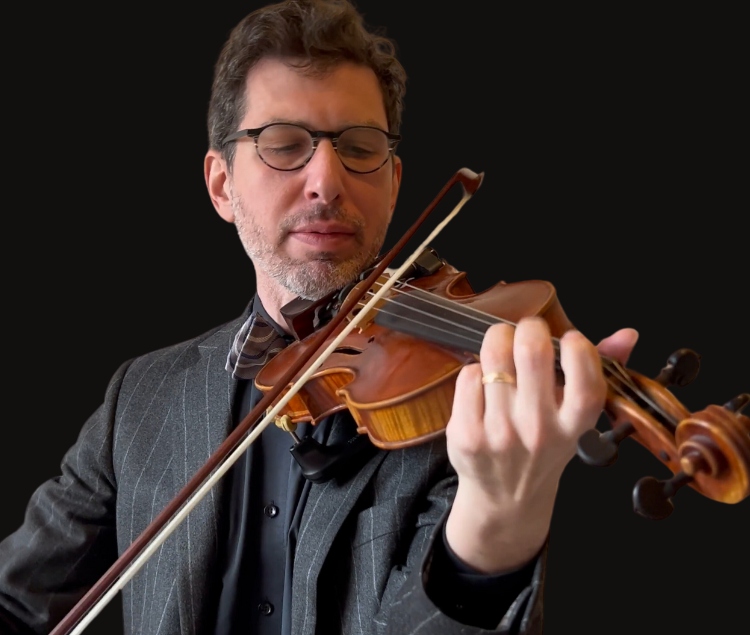
 Intermediate / Advanced
|
|
|
|
Dobro Courses |

 Beginner / Intermediate
|
• 27 Lessons
• 17 Tunes
|

 Intermediate / Advanced
|
• 52 Lessons
• 38 Tunes
|
|
|
Ukulele Courses |
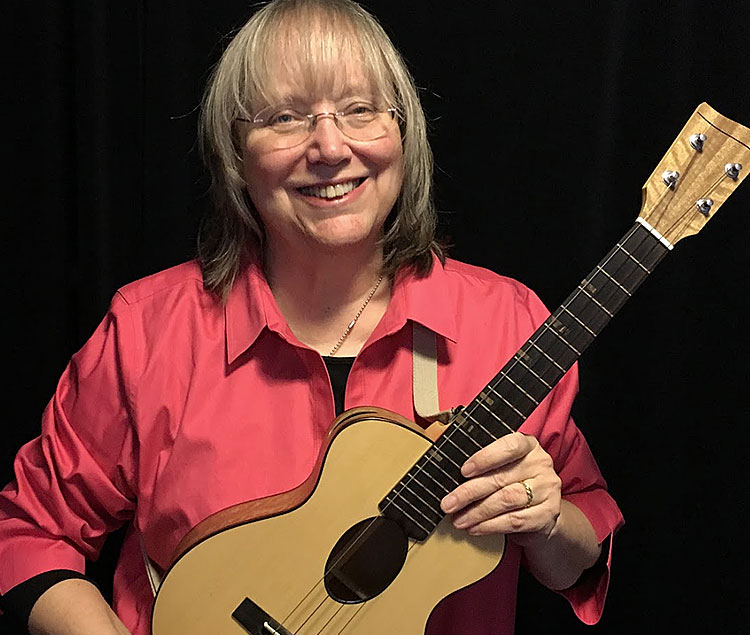
 Beginner / Intermediate
|
• 36 Lessons
• 29 Tunes
|
|
|
Bass Courses |
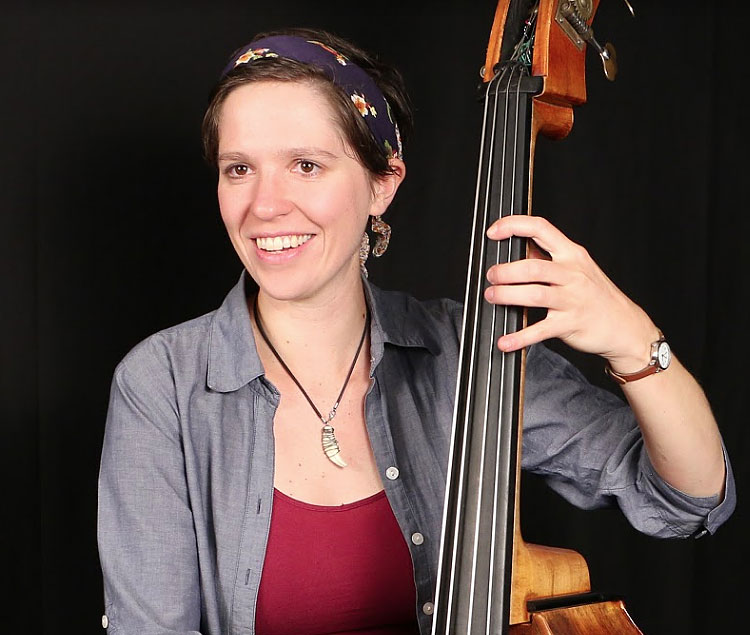
 Beginner / Intermediate
|
• 33 Lessons
• 23 Tunes
|
|
|
Musicianship Courses |
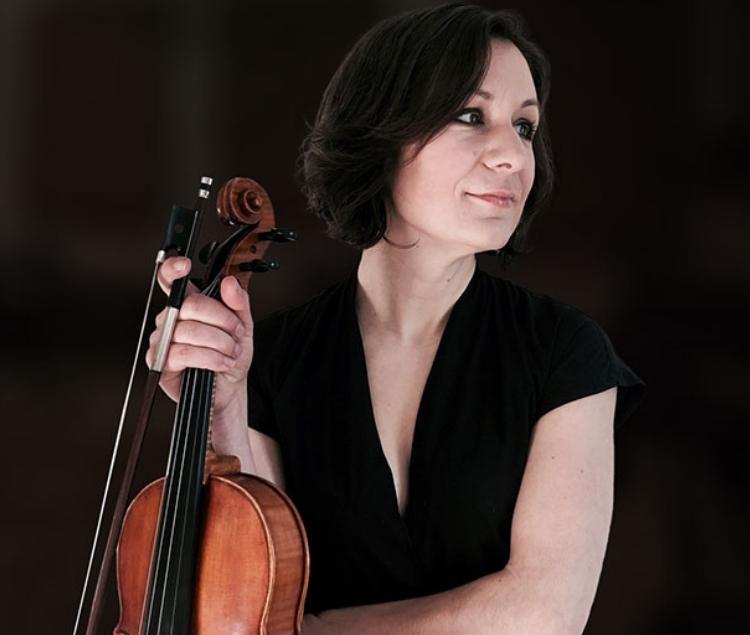
 Intermediate
|
• 14 Lessons
• 3 Tunes
|

 Intermediate / Advanced
|
• 9 Lessons
• 15 Tunes
|

 Beginner / Intermediate
|
• 43 Lessons
• 6 Tunes
|

 Intermediate / Advanced
|
• 9 Lessons
• 8 Tunes
|

 Intermediate / Advanced
|
• 9 Lessons
• 13 Tunes
|

 Intermediate
|
• 7 Lessons
• 6 Tunes
|
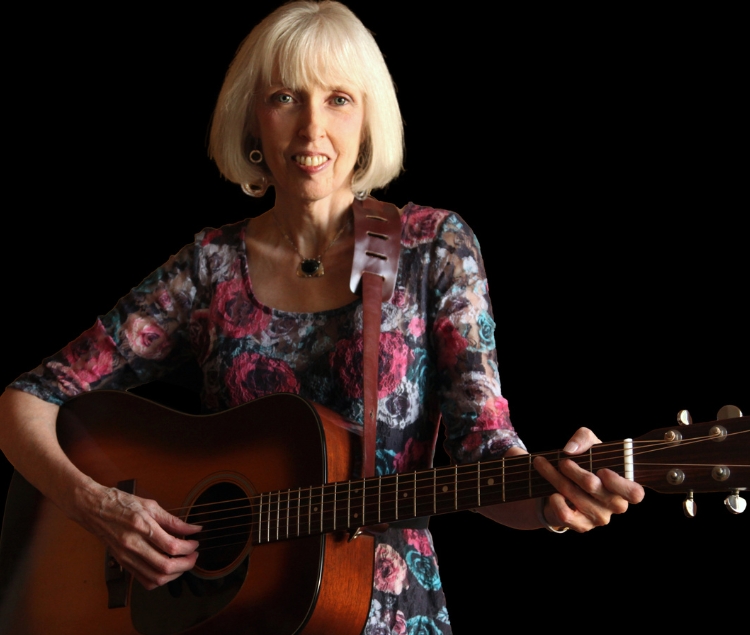
 Beginner / Intermediate
|
• 14 Lessons
• 0 Tunes
|
|
|
Vocal Courses |

 Beginner / Intermediate
|
• 14 Lessons
• 0 Tunes
|
|
|
Live Workshops |

 Intermediate / Advanced
|
|